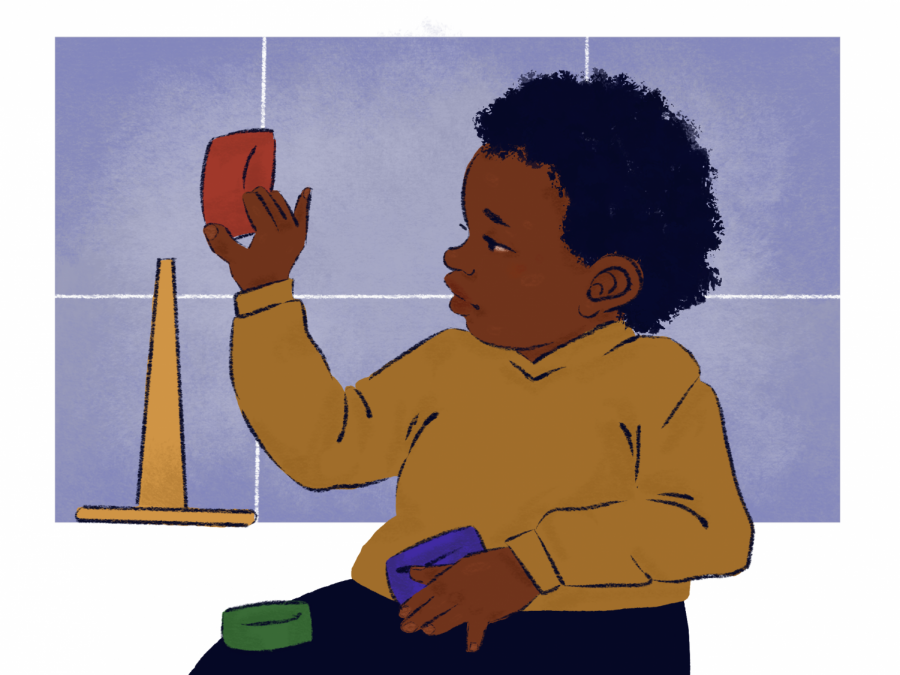UT Child Development Center breaks ground on new facility to replace San Jacinto location
December 18, 2021
Editor’s Note: This article first appeared in the December 2 broadsheet.
UT’s Child Development Center began construction on a new location Nov. 23 that will be able to accommodate more children.
“The new center allows for easier drop off and pick up than the current center location,” Hara Cootes, the director of UT’s Child Development Center, said in an email. “Right now the San Jacinto location is in an area that has many sporting and other events. The new location is away from the fray of activity which lends itself to easier access for parents.
The center, which cares for the children of University students, faculty and staff, anticipates the new location will open by August 2022 as a 16,000 square feet, single-story building on Leona Street, Teresa Griffin, project manager for the construction of the new facility, said in an email.
As part of the expansion plan, the new building will allow 200 children to attend, which is 30 more than the San Jacinto center’s capacity. Additionally, the new center will have 14 classrooms, three more than the San Jacinto center, and four playgrounds. The center cares for children from infancy to age five, and will hire staff to accommodate the increase.
“We have multiple teachers because groups of children need enough staff to care for them,” Cootes said. “So our infant classroom has three full-time teachers, and our toddler classrooms had two full-time teachers.”
The decision to relocate from San Jacinto to Leona Street was prompted by the 2016 Texas Athletics Master Plan, which oversees the construction of the new facilities. The master plan includes moving the basketball practice stadium near the former San Jacinto child development space, which would make it more difficult for parents to pick up and drop off their children through the construction, Cootes said.
The center currently has openings for children in their pre-K age group and their 3-year-old age group, but there is a small waiting list for the 2-year-old age group and larger lists for the infant and toddler groups, Cootes said.
The center determines child care fees on a sliding scale, and the lowest monthly tuition rates are only available for children in households with all adults either working or enrolled in classes full time, and a total annual income less than $65,000. However, tuition subsidies and low-income qualifiers are available for students in need to reduce the fee basis.
“(One) thing I really appreciate that we do is that we value everybody on campus the same,” Cootes said. “Students are prioritized the same as staff and faculty.”












